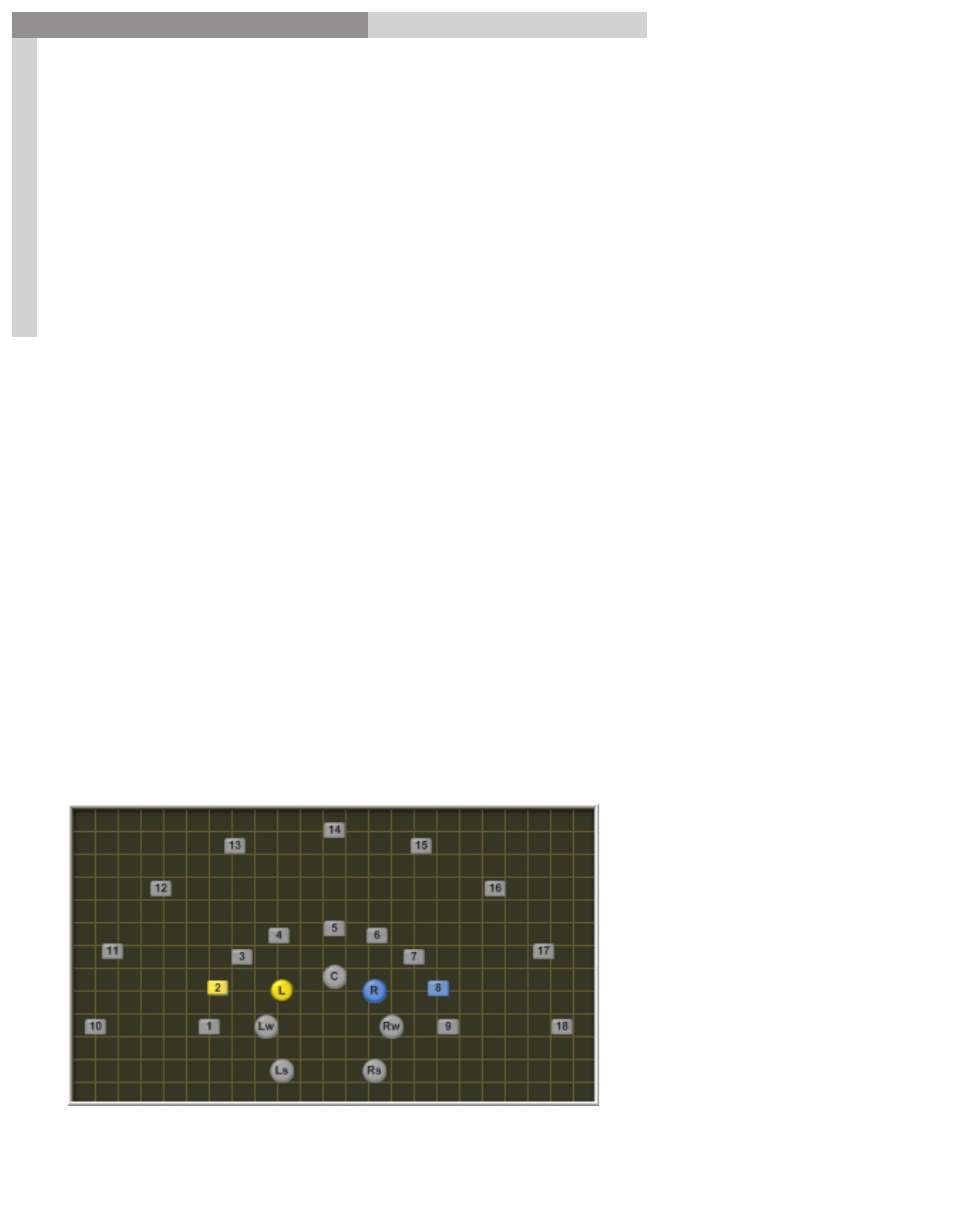Render current cfg to a single source placement – Teac GigaPulse User Manual
Page 57

57
GigaPulse
™
User Guide
Gig
aP
uls
e F
ile
M
en
u
GigaPulse File Menu
57
Render Current Cfg to a single Source Placement
This feature is used to compress a multiple source impulse set down to a single source
set. A single source impulse set deletes all the un-referenced impulse positions leaving
a single position and the microphones. There are a couple of reasons why you would
want to collapse and impulse set down like this.
The main purpose is if you want to encode an impulse to a .Gig file in GigaStudio
3.0. When an impulse is encoded to a gig file, it will automatically load when
ever the instrument is loaded into GigaStudio with all its default settings. It
doesn’t use up any inserts or aux busses in the process. This is often done for
convenience and simplification. Simply load the instrument and play without
having to go load GigaPulse, hunt for a bank and make settings. Everything
is ready to go as soon as the instrument is loaded. However, it also allows
developers to ship built in impulse banks with their libraries and they will work
on all the versions of GigaStudio 3.0. (GigaPulse Pro is not included in the lighter
versions)
The other purpose would be to simplify favorite banks and have them use
fewer resources. For example, an impulse set with 18 stage positions could be 33
megabytes. When reduced to a single source, it can get down to about a single
megabyte in size. That saves RAM and hard disk space.
Start off by loading a room or a hall and making some placement and parameter
settings. (Use the Multi Placement mode and assign at least two or more of the mics to
their own stage position. )
In this example, we are using the
Empirical Room
bank that ships with the GigaPulse.
